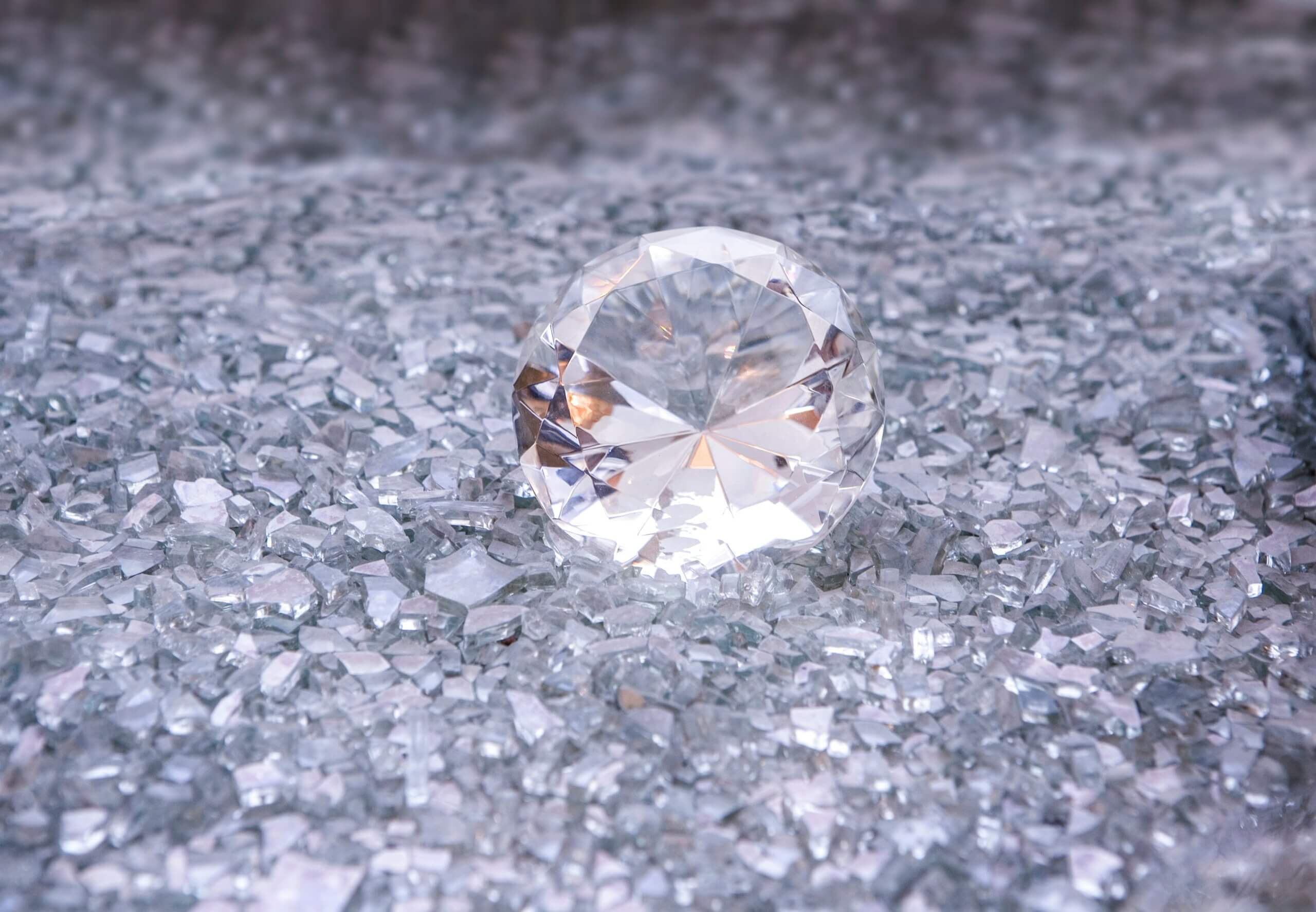- Under a new agreement, Botswana will get 30% of diamond output to sell through its state-owned Okavango Diamond company, up from 25%. After 10 years, De Beers will be handing over half of what is mined to Botswana
- Diamond mining contributes a third of Botswana’s gross domestic product
- Global diamond production is down by 26% since 2004, with lab-grown stones claiming much of the shine
Botswana has reached a new agreement with mining conglomerate De Beers which gives the government a larger portion of the diamonds mined in the country to sell.
Under the new agreement, the state-owned Okavango Diamond Company (OKD) will get 30% of the diamonds mined by Debswana, up from 25%. This portion will rise to 40% after 5 years and then to half in 10 years’ time, when the contract ends.
The partnership between Botswana and the world’s largest diamond company by value dates back 54 years. Debswana, a joint venture between the Botswana government and De Beers, operates four diamond mines in the country.
The Botswana government plans to focus more on the cutting, polishing and jewellery-making sides of the industry. Diamond mining contributes a third of Botswana’s gross domestic product, which has helped it become Africa’s sixth richest nation per capita.

- Half of the world’s diamonds were mined in Africa in 2022
- Botswana is the second-biggest diamond producer. The Democratic Republic of Congo and South Africa are also in the top five
- Russia produces the most diamonds by volume but the value of Botswana’s diamond output is higher. In 2022 it was worth $4.7-billion; Russia’s was $3.5-billion
Losing its sparkle
Production in Botswana, like in South Africa and Australia, has not recovered since the steep drop-off during 2008’s global recession. Australia produced no diamonds in 2021 or 2022, according to Kimberly Process statistics.
Globally, diamond production has decreased by 26% since 2004.
Synthetic diamonds have been gaining popularity in many countries, says Edahn Golan, a diamond industry analyst.
The reason is price. ‘The average retail price of a one-carat lab-grown is 76% lower than a natural diamond. That makes for a very appealing option. Especially if you don’t tell your friends that your diamond is not natural.’
Notebook
- The Kimberley Process Rough Diamond Statistics website collects data on rough diamonds
- Read the media release about the De Beers-Botswana deal
